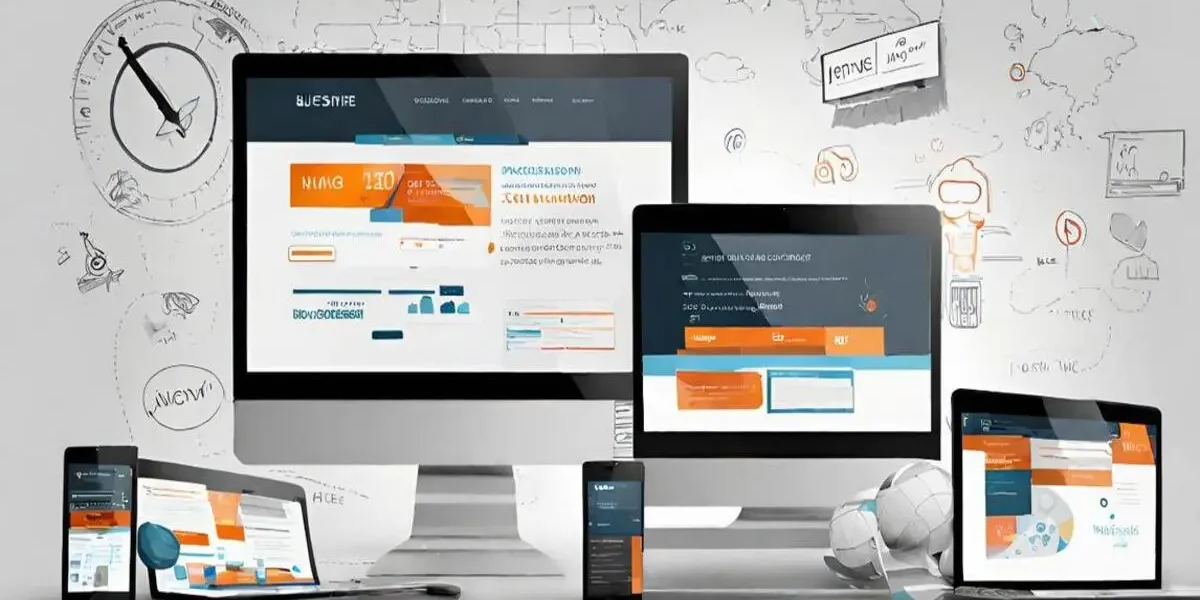- Homepage
- Digital Marketing
- Best Website Development Planing for Business
Best Website Development Planing for Business
Importance of Best Website Development Planing for Business
Planning a website development process for a business requires careful consideration of various factors such as the business goals, target audience, budget, timeline, and technical requirements. Here’s a comprehensive plan to help you get started:
- Define Goals and Objectives:
- Identify the purpose of the website (e.g., to showcase products, provide information, generate leads, sell products/services).
- Set specific, measurable goals (e.g., increase online sales by 20% within six months, generate 100 new leads per month).
- Understand the Target Audience:
- Conduct market research to understand the demographics, preferences, and behaviors of your target audience.
- Create user personas to represent different segments of your target audience.
- Select a Platform and Technology:
- Choose a suitable platform based on your business needs (e.g., WordPress, Shopify, custom-built).
- Consider the scalability, flexibility, and customization options of the platform.
- Decide on the technology stack (e.g., programming languages, frameworks, CMS) based on the website requirements.
- Create a Sitemap and Wireframes:
- Develop a sitemap to outline the structure and hierarchy of the website’s pages.
- Create wireframes to visualize the layout and functionality of each page.
- Consider user experience (UX) and user interface (UI) design principles during this phase.
- Content Strategy:
- Plan the content for each page, including text, images, videos, and other multimedia elements.
- Ensure that the content aligns with your brand voice, messaging, and SEO objectives.
- Develop a content calendar to manage the creation, review, and publication of content.
- Design and Visual Elements:
- Design the website’s look and feel, including colors, typography, imagery, and branding elements.
- Create mockups and prototypes to visualize the design concepts.
- Ensure that the design is responsive and accessible across different devices and screen sizes.
- Development and Implementation:
- Develop the website according to the approved designs and specifications.
- Implement features and functionality, such as navigation menus, forms, e-commerce functionality, and integrations with third-party tools.
- Conduct thorough testing to identify and fix any bugs or issues.
- Optimization and SEO:
- Optimize the website for search engines (SEO) by incorporating relevant keywords, meta tags, and structured data.
- Improve website performance by optimizing loading speed, image sizes, and code efficiency.
- Set up analytics tools to track website traffic, user behavior, and conversions.
- Launch and Promotion:
- Deploy the website to the live server and perform final checks to ensure everything is working correctly.
- Develop a marketing plan to promote the website through various channels, such as social media, email newsletters, and online advertising.
- Monitor the website’s performance after launch and make necessary adjustments based on user feedback and analytics data.
- Maintenance and Updates:
- Establish a plan for ongoing maintenance, including regular backups, security updates, and content updates.
- Monitor website performance and user feedback to identify areas for improvement and implement updates as needed.
By following these steps, you can create a comprehensive website development plan that aligns with your business goals and maximizes the effectiveness of your online presence.
Get super fast excellent website development services from us – Contact Now here












